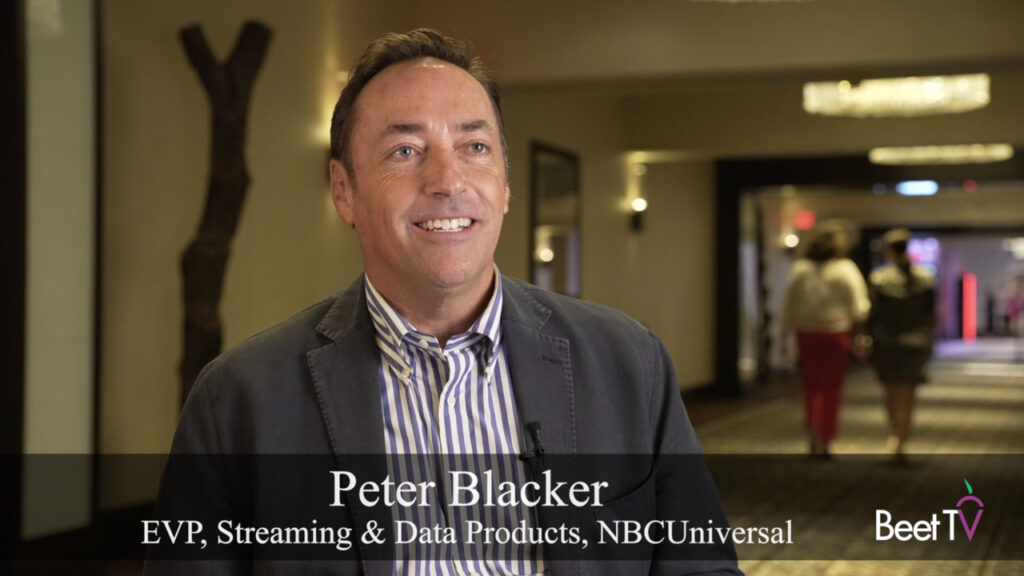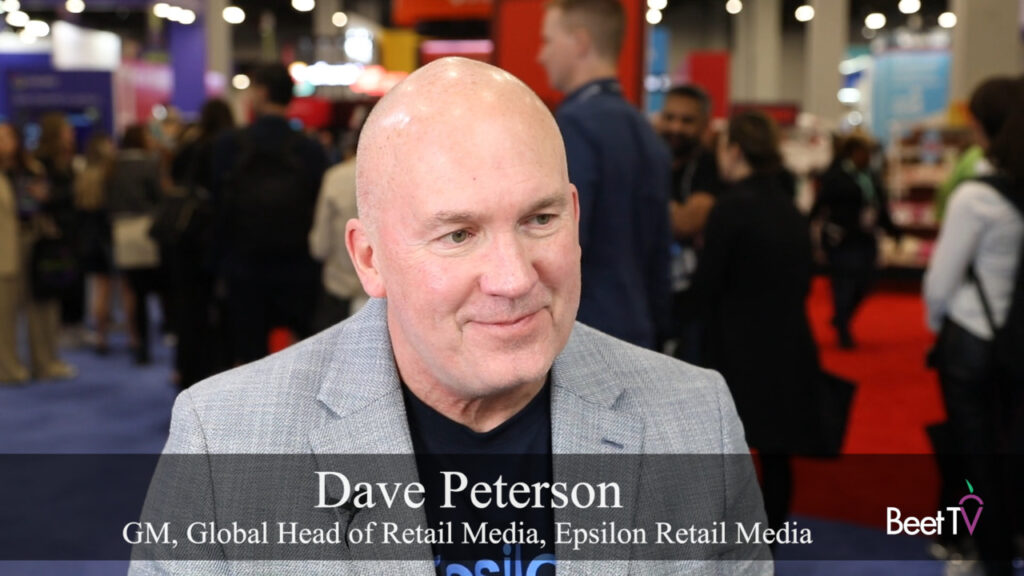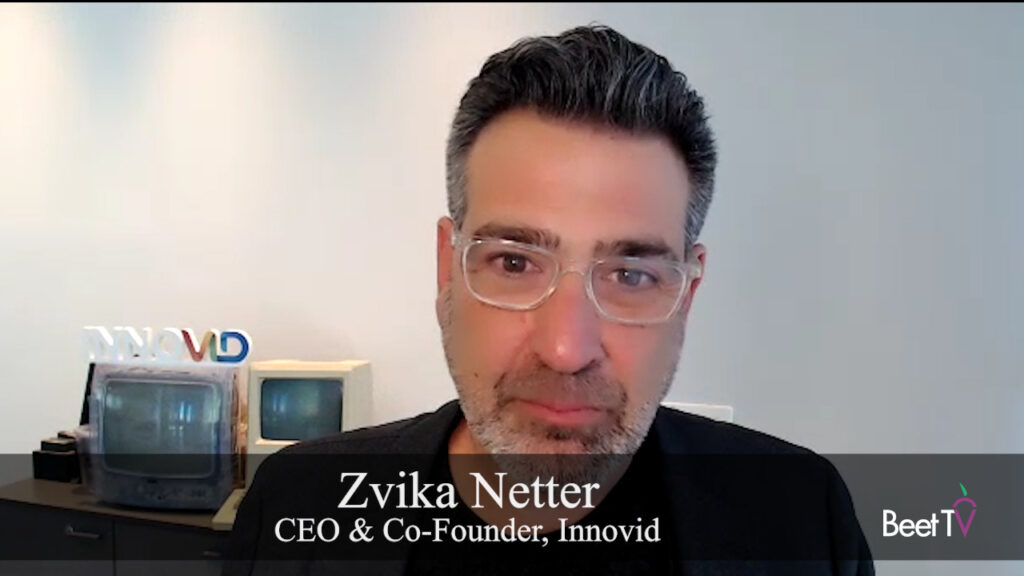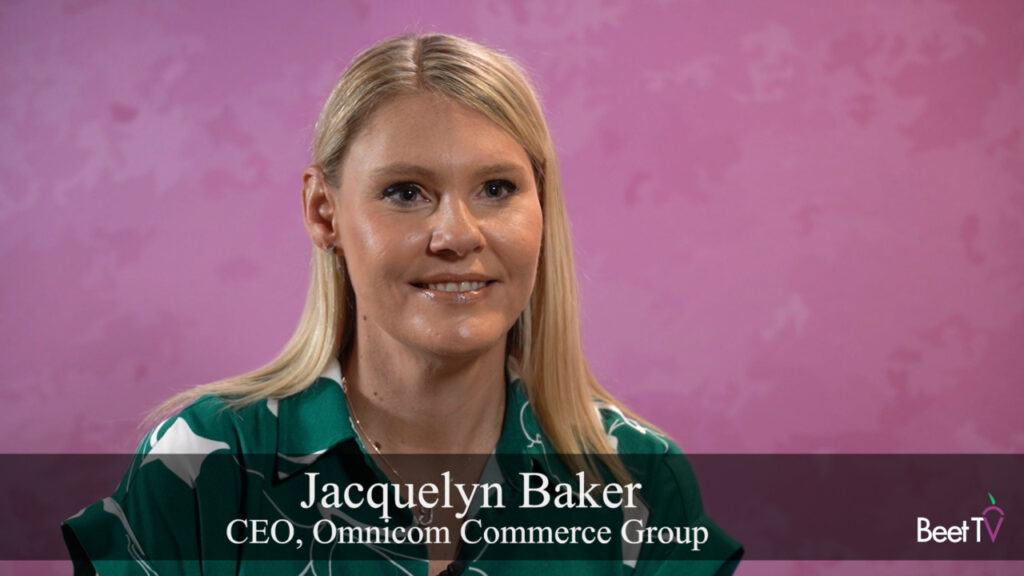When Jeff Bezos acquired The Washington Post in 2013, we knew the paper was about to become a lot more techy.
Indeed, Beet.TV has already chronicled how the Postbuilt its own in-house ad server (Prizm),software to write better headlines (Bandito) and a semantic software analysis tool (Clavis).
That may sound like a departure for a newspaper company. But the Post’s technology efforts go even further than that. The Post’stech development is happeninginside a dedicated unit it’s calling Arc Publishingthat doesn’t only exist to give the paper alone a leg-up – Arc also wants to put its tools in the hands of rival publishers, advertisers and agency buyers.
In doing so, Arc wants to take control, to disintermediate the ad-tech vendors out there still swarming around publishers. And the number of products Arc already counts is growing.
As AdWeek puts it: “One year ago, the Washington Post decided it was done working with third-party ad-tech partners and instead started building its own slick tools and ad formats to tackle industry problems like speed, fraud and viewability.”
In this video interview with Beet.TV,Washington Post ad product and technology head Jarrod Dicker says Arc created a separate sub-group – the Research, Experimentation and Development (RED) team – to ensure the Postwas building products for commercial teams, not just editorial staff.
“We saw a huge opportunity to really start investing in experimenting different ideas just for the commercial side of the business,” he explains. “Can we replace third-party technologies and be the premier vendor within the space that helps build ad products for agencies, brands and other publishers that take in to account everything we know about experience … and the sales cycle?
“We’ve launched 10 proprietary products under the RED group which we do license to other publishers, agencies as well as sell on our site.”
The latest is FlexPlay, softwareadvertisers can use to customize a standard pre-roll video ad or 30-second TV ad for a plethora of digital deployments, including vertical and text overlay.
Dicker says more than 40 advertisers so far have used FlexPlay, including Morgan Stanley.
So, what’s the big idea? For Dicker, it’s about ensuring that product improvements made in the name of consumer experience for editorial teams also produce a better commercial experience, too – the two are intertwined.
“At the Post, we’ve broken down those silos,” he says. “We are very much like church-and-state when it comes to editorial, but our technology is like Switzerland – let’s identify trends and be first to market on both sides of the fence.”
In a year-end memo this week, the Post’s publisher reveals the company is profitable and planning to continue growing newsroom headcount in 2017.
This interview is part of our series “The Road to CES,” a lead-up series in advance of CES 2017. The series is presented by FreeWheel. Please find more videos from the series here.


























